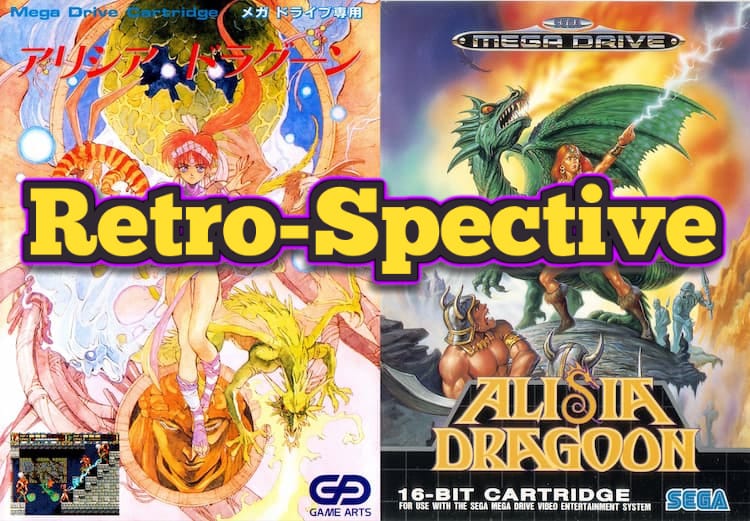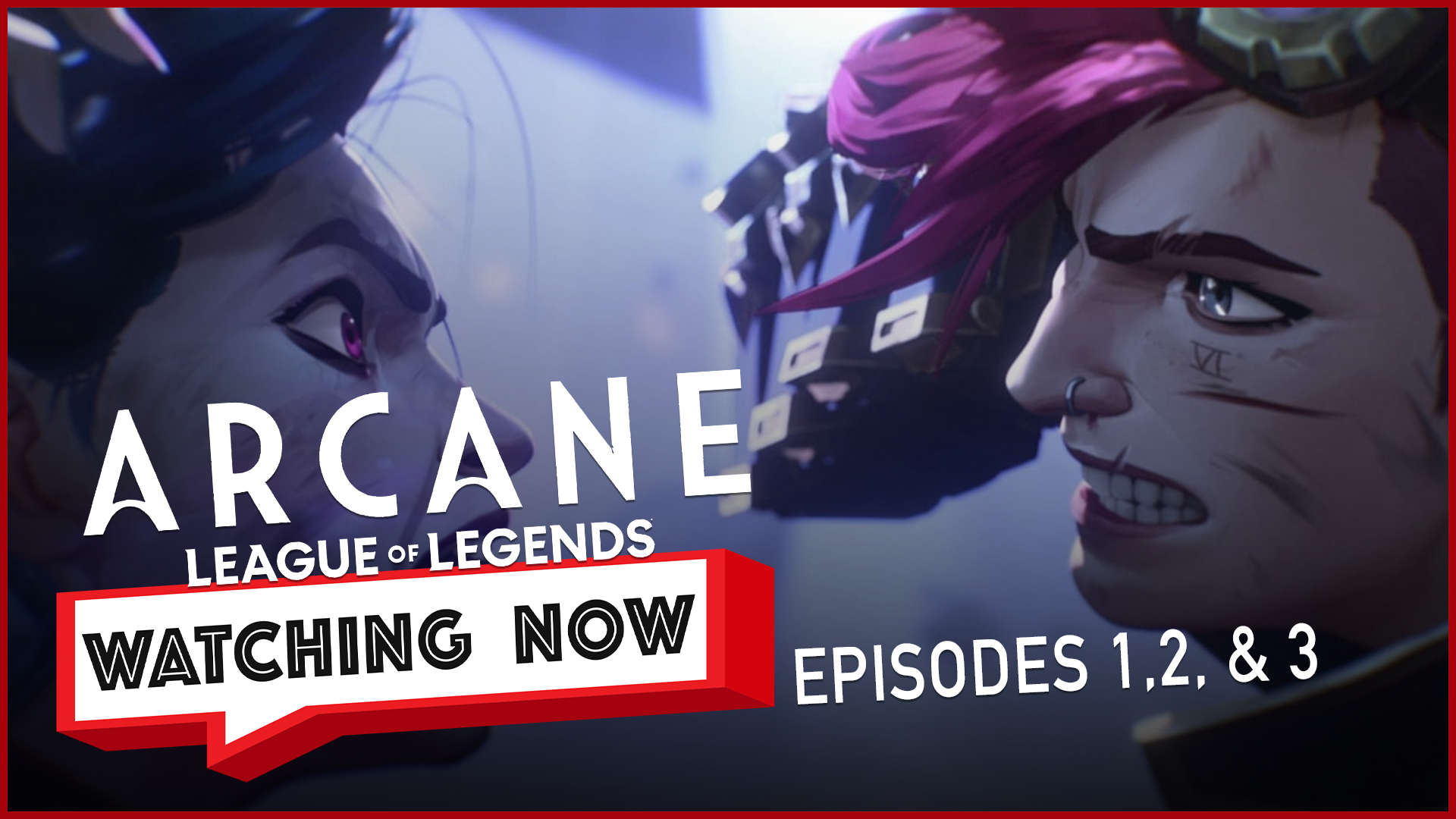
Given that one of the games from my childhood made its way from the Genesis/Mega Drive mini console to Nintendo Switch Online last year, I couldn’t think of a better time to talk about Alisia Dragoon. The very first platforming game I ever played outside of Sonic the Hedgehog, this game got my attention because of its Conan the Barbarian-esque cover style, where Alisia poses with a dragon firing freaking lightning from her fingertips. As a kid, there was something cool about it, but I couldn’t work out why for a fair few years when I became a fan of medieval fantasy media like Game of Thrones.

However, this cover is far from the original intention. Alisia was supposed to be a Miyazaki-inspired anime girl, using elf-like magic powers with her friends being more like sprites than terrifying medieval, mythical beasts. Nor did the covers’ promise of barbarians ever come to pass. This was a localization change to benefit Western audiences who, in 1992, had yet to experience the anime boom of later years. The game’s end screen is the only hint any Western audiences may have gotten of the original art direction. It’s strange to think that this would have been considered a crime today, but back then, it was expected.

So what is Alisia Dragoon about? Well, it’s a 2d side-scrolling platformer where you must battle your way from your home to an evil space cult fortress in the sky to stop them from destroying the world. As Alisia, you have to make your way through hordes of annoying and resilient enemies while shooting them with your Sith-Lord lightning powers and rotating through your menagerie of magical pets who fight with you. It was a little more difficult than your modern-day experience, but at the same time, I can see the roots of many platforming tropes formed within this game, possibly inspired by Castlevania titles on the NES and the SNES.
The lightning starts as a straight stream, and as you find lighting power-ups throughout the levels, it changes color and starts to branch into more forked lightning, having an area of effect startup and adopting minor homing attributes. You hold it down and exhaust its energy, then have to let the button go to reset your power charge. This brief pause to recharge is a nice way to stop Alisiabecoming too powerful, allowing for more skillful gameplay.

The pets all have different methods of attacking, sort of like a Vampire survivor’s weapon; all 4 have their own utility. The grasshopper for attacking enemies above you, the dragon for those ahead of you, the Hippogriff for behind you, and the spirit mote for homing onto tricky moving enemies. Each can be leveled up the same as Alisia’s lightning, but only to three. They can also lose health and die, leaving them unavailable for the playthrough. In this way, micro-managing becomes incredibly important, as any stray bullet can relieve you of your favourite companion.
Let’s talk about the level design for this game. The game has eight stages, all of which have a boss waiting at the end, with odd-numbered bosses being slightly easier, and even-numbered bosses are accompanied by a more intense musical track. The essential path you take is you go from a medieval magical forest, through swamps, then onto a magically corrupted airship, into a volcano, then into a crashed starship inhabited by cultists, and finally, a cinematic that leads you into a corrupted castle in the sky.

Stage contents include brief environmental platforming, coupled with projectile-spewing enemies and secret power-ups such as stars or potions, hidden in hard-to-find places or within walls. Health items will be found in destructible items such as vials. The replay value of this game finds itself in memorizing the location and fastest route to gaining level eight lightning and level three pets. The design of the game as a whole would often have you putting in extra effort on each stage to make it further on each subsequent playthrough. After all, a Genesis game would typically last for one hour but maintain its long playtime through mastery of the game as a whole. As such, the game’s unfair nature would be used to the advantage of the developers to artificially extend player game time.

The environments are really well animated. Special mention goes to the 6th stage’s boss fight taking place in a starship’s centrifuge, whirling at impressive speeds. The melding of space, religious imagery and magical aesthetics are both interesting and make the villains’ otherworldly nature seem all the more intimidating. In stage one, the final boss steals a cocoon that your people guard, which seems to be the prison for an apocalyptic being; he taunts you and vanishes. This comes back in stage eight, where you fight the boss and the being in quick succession. The final battle is something players no doubt arrived at many times before clearing it after many attempts. At its heart, Alisia Dragoon is a game about dodging as much as it is attacking.

Finally, the music in this game is beautiful. While the 16-bit nature of the console limited the audio capabilities, it still came out sounding just beautiful. I personally found my favourites in this, this and this. It’s a surprisingly stacked soundtrack that might have been lost to time. At the very least, consider it a trove of decent fantasy music, perhaps for a Dungeons and Dragons session?
If you’ve got a Nintendo Switch online subscription, I highly recommend sending an afternoon on this underappreciated Sega Genesis classic.



